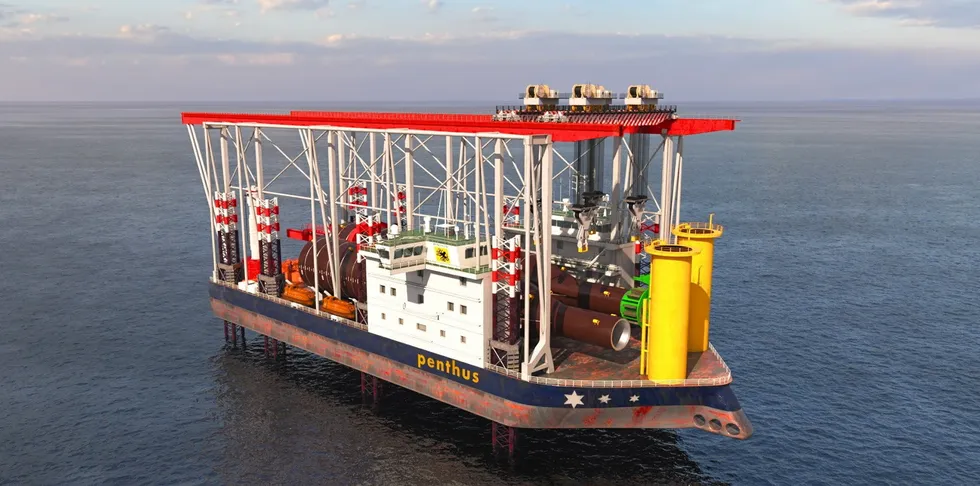'Born on 4th July' | New US-hatched offshore wind installer duo to brave waves 'by 2025'
Houston-based start-up launches potentially market-changing approach with maritime sector partners based around 'quasi autonomous' pile-driving and installation vessels
